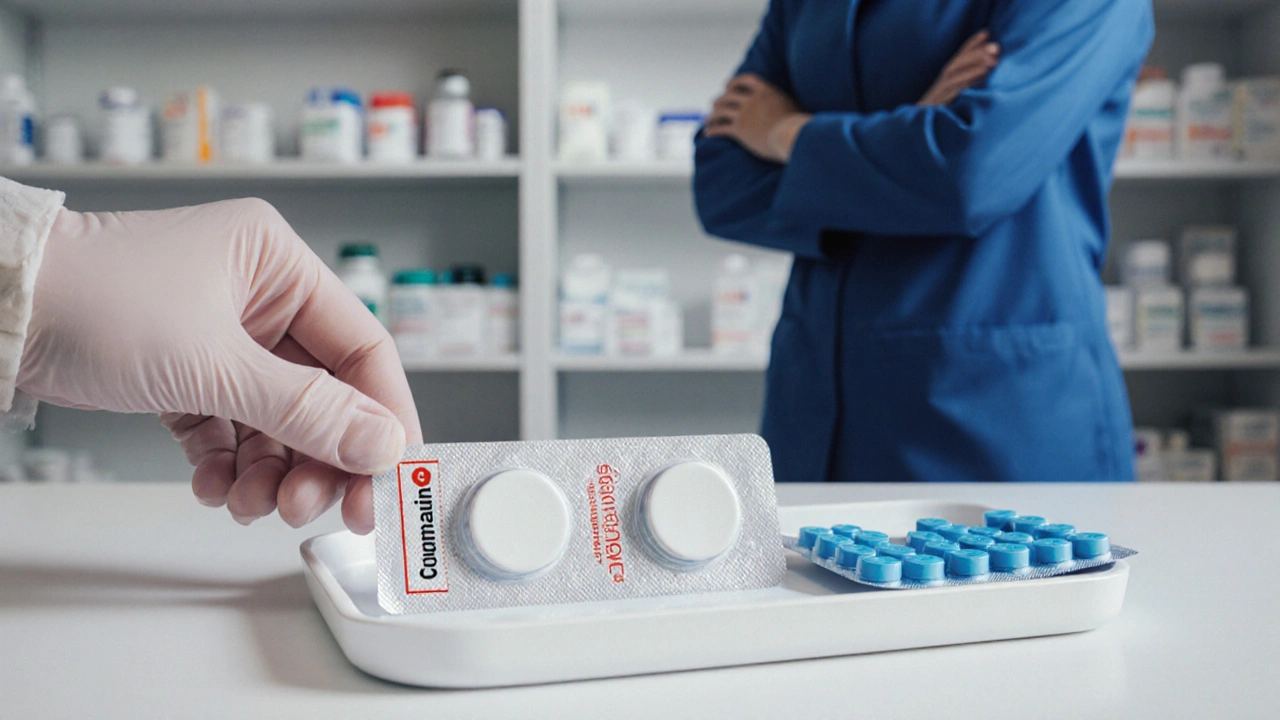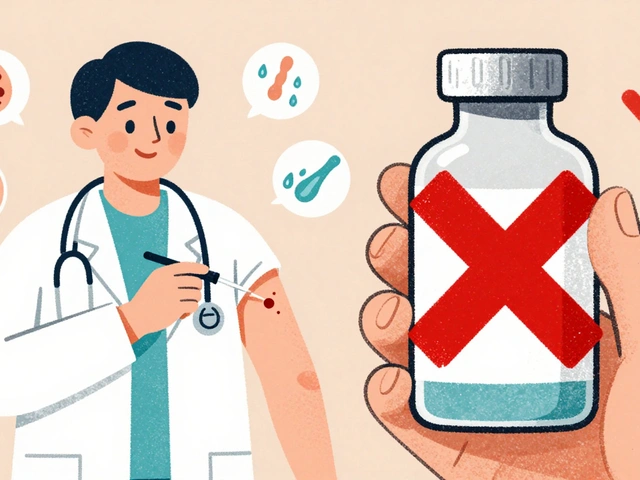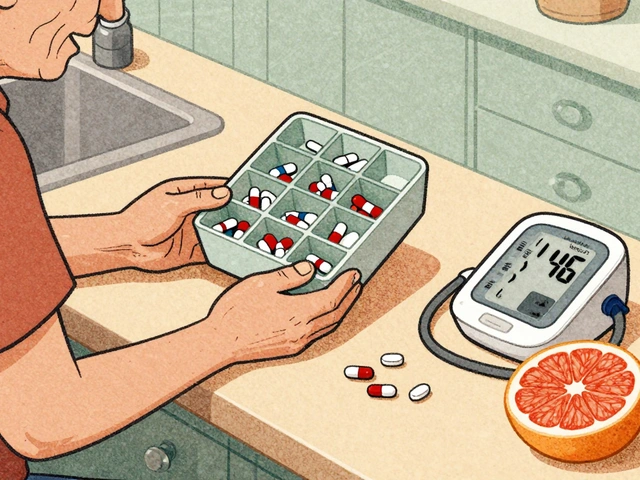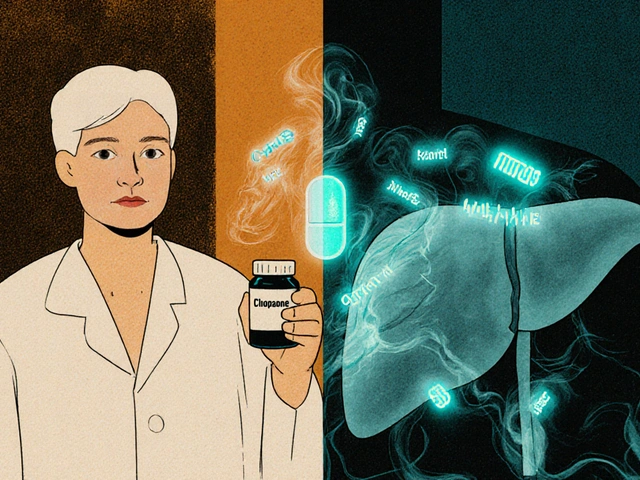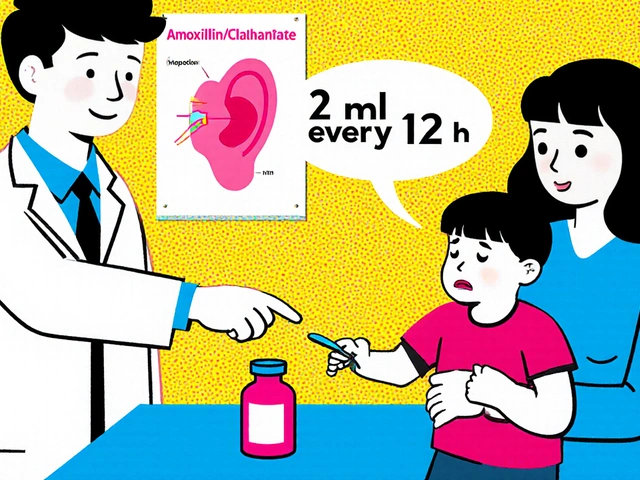DOAC Comparison – Direct Oral Anticoagulants Explained
When looking at Direct Oral Anticoagulants, a class of blood‑thinning medicines taken by mouth to prevent clots. Also known as DOACs, they have changed how doctors manage atrial fibrillation and venous thromboembolism. Eliquis (apixaban), a factor Xa inhibitor with a twice‑daily dosing schedule and Warfarin, the traditional vitamin K antagonist that requires regular INR monitoring are two of the most frequently discussed options. Understanding how these drugs differ helps you pick the right blood thinner for your health goals.
DOAC comparison isn’t just about brand names; it’s about the attributes that matter to patients and clinicians alike. First, dosing frequency varies: some DOACs like apixaban and dabigatran are taken twice daily, while rivaroxaban and edoxaban offer once‑daily options. Second, safety profiles hinge on bleeding risk. Factor Xa inhibitors (apixaban, rivaroxaban, edoxaban) generally cause less gastrointestinal bleeding than dabigatran, but all require caution in patients with a history of major bleed. Third, renal function plays a decisive role. Because each DOAC is cleared differently by the kidneys, doctors must adjust doses or avoid certain agents when creatinine clearance drops below specific thresholds.
Key Factors to Weigh When Comparing DOACs
Cost is another practical driver. While warfarin itself is cheap, the need for frequent INR checks, clinic visits, and dose adjustments can add up. In contrast, DOACs have higher upfront prices but often eliminate routine lab monitoring, which may lower total expense over time. Insurance coverage, pharmacy discounts, and patient assistance programs can also shift the balance. Efficacy data from large trials show that apixaban and rivaroxaban are at least as effective as warfarin in preventing stroke in atrial fibrillation, and they tend to cause fewer fatal bleeds. However, dabigatran’s rapid onset and reversal agent (idarucizumab) make it attractive for patients who need a quick‑acting option or may require emergency surgery.
Another layer involves drug interactions. Warfarin interacts with many foods and medications, demanding careful dietary monitoring. DOACs have fewer but still notable interactions—particularly with strong P‑glycoprotein or CYP3A4 inhibitors, which can raise drug levels and bleeding risk. Patients on certain antiplatelet agents or those undergoing procedures should discuss timing adjustments with their prescriber to avoid complications.
Finally, patient preference and lifestyle matter. Some people appreciate a once‑daily pill they can fit into a morning routine, while others don’t mind a twice‑daily schedule if it means a lower bleeding risk. Age, weight, and comorbidities such as liver disease also tip the scales toward one agent over another. By matching the drug’s attribute set—dosing, safety, renal clearance, cost, and interaction profile—to the individual’s circumstances, clinicians can personalize anticoagulation therapy.
The collection below dives deeper into each major DOAC, pitting them against each other and against warfarin. You’ll find side‑by‑side tables, real‑world dosing tips, and cost‑saving strategies, giving you the information you need to make an informed choice about blood thinning therapy.
